 Reading the ingredients list has always been a daunting task, which usually just results in me completely avoiding eye contact with the list at all cost. After reading the book “The new science of perfect skin” by Daniel Yarosh, Ph.D, I learned a lot about the skincare and cosmetic industry as a whole.
Reading the ingredients list has always been a daunting task, which usually just results in me completely avoiding eye contact with the list at all cost. After reading the book “The new science of perfect skin” by Daniel Yarosh, Ph.D, I learned a lot about the skincare and cosmetic industry as a whole. I thought I would do a new series where I will provide you guys with spark notes of what is in the book so you guys don’t have to read it yourself! The book has little to no pictures, which almost made me not borrow it when I was in the library, but I thought I would give it a shot and boy am I happy I did! So let’s get into the most boring topic that might ever be on my blog, “How to read the label”. Let’s gooooo~ ヽ(〃・ω・)ノ
So why is it important to understand the labeling? Isn’t it on the packaging just to take up empty space? First of all, under the Canadian law, “regulations require mandatory ingredient labelling on all cosmetic products sold in Canada.” Any manufacture producing cosmetics “in Canada will have to be in compliance with all the new requirements by that time.” Of course ever country has different laws when it comes to labeling but to my knowledge, it is a standard that the ingredients list must be printed somewhere either on the cardboard box or on the product itself. This is to protect consumers and let the consumers know what ingredients are in the product and is not just some sludge that was bottled up from the side of the street where you would proceed to smear on your face as a “mud mask”.
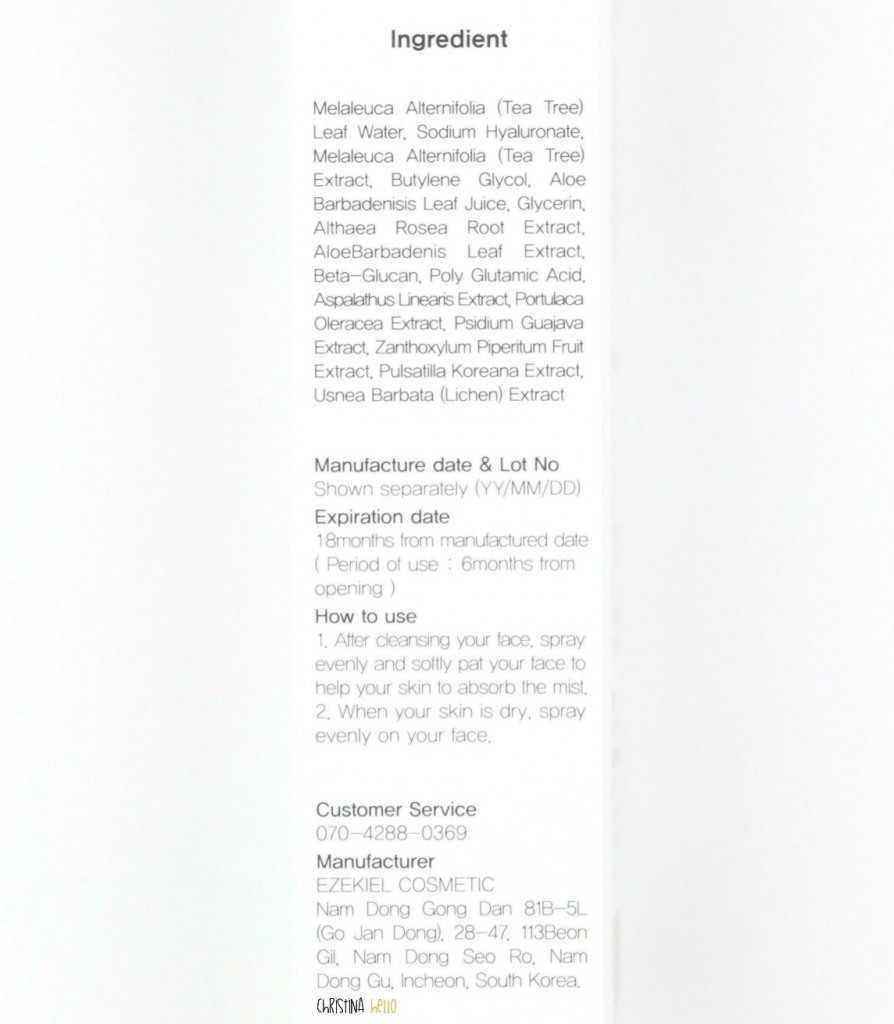 Ingredients list usually looks something like this. The names looks super confusing right? Darn right! Let me try and break it down for you in this post.
Ingredients list usually looks something like this. The names looks super confusing right? Darn right! Let me try and break it down for you in this post.
Ingredients in the list is placed strategically according to the percentage of the ingredients is used to made the product. By law, ingredients must be listed in descending order according to their percentage, top equivalent to the highest percentage and bottom of the list equivalent to the lowest. If there is an active ingredients at the bottom of the list, you can pretty much assume there is little to none of that product used to make the ingredients. Example, many manufacture would sprinkle little bit of CoQ10 (0.001%) and then proceed to advertise the product contains that ingredients to make it sell. Sadly in reality, there is so little of that ingredient, that you wouldn’t really get any skincare benefits from that ingredients and was just suckered into the hype for them to sell a product.
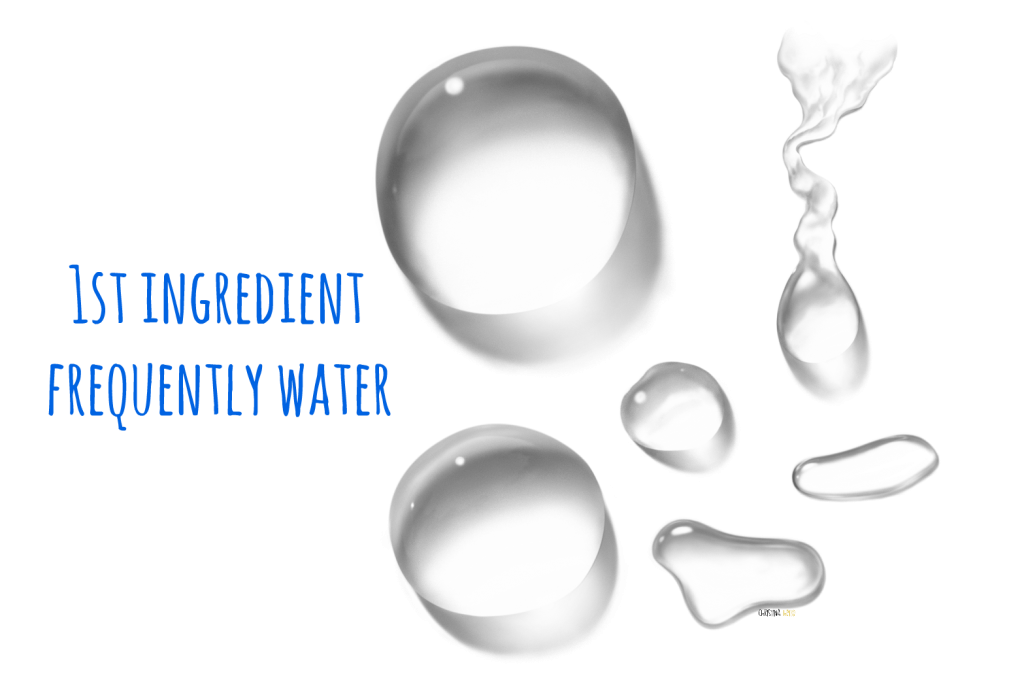 Usually the first ingredient used to make a product is water. Of course, there area alternatives to this like aloe vera, bamboo water, cucumber water, you get what I’m talking about right? Referring back to Benton’s Honest TT mist ingredients list, the first ingredients is “Melaleuca Alternifolia (Tea Tree) leaf water”.
Usually the first ingredient used to make a product is water. Of course, there area alternatives to this like aloe vera, bamboo water, cucumber water, you get what I’m talking about right? Referring back to Benton’s Honest TT mist ingredients list, the first ingredients is “Melaleuca Alternifolia (Tea Tree) leaf water”.
 The second ingredients in the list provides texture. There is no way in hell I would remember all the supercalafragalisticexpialadoshus, long ass names so here is a shortcut to what those names really mean and what you can look for to easily identify them.
The second ingredients in the list provides texture. There is no way in hell I would remember all the supercalafragalisticexpialadoshus, long ass names so here is a shortcut to what those names really mean and what you can look for to easily identify them.
 Let’s take Cosrx advanced snail 92 all in one cream ingredients list as an example.
Let’s take Cosrx advanced snail 92 all in one cream ingredients list as an example.
From what we learned from the general rule of the 2nd ingredients in a list:
-Capric Triglycer”ide” (2nd ingredients on the list)–> ingredient that is a small molecules that thickens water
-Sodium Hyaluron”ate” (3rd ingredients on the list)–> ingredient that is a small molecules that thickens water
-Dimethic”one” (8th ingredients on list)–> silicone, adding smoothness and slip
You get where I’m going with this now right?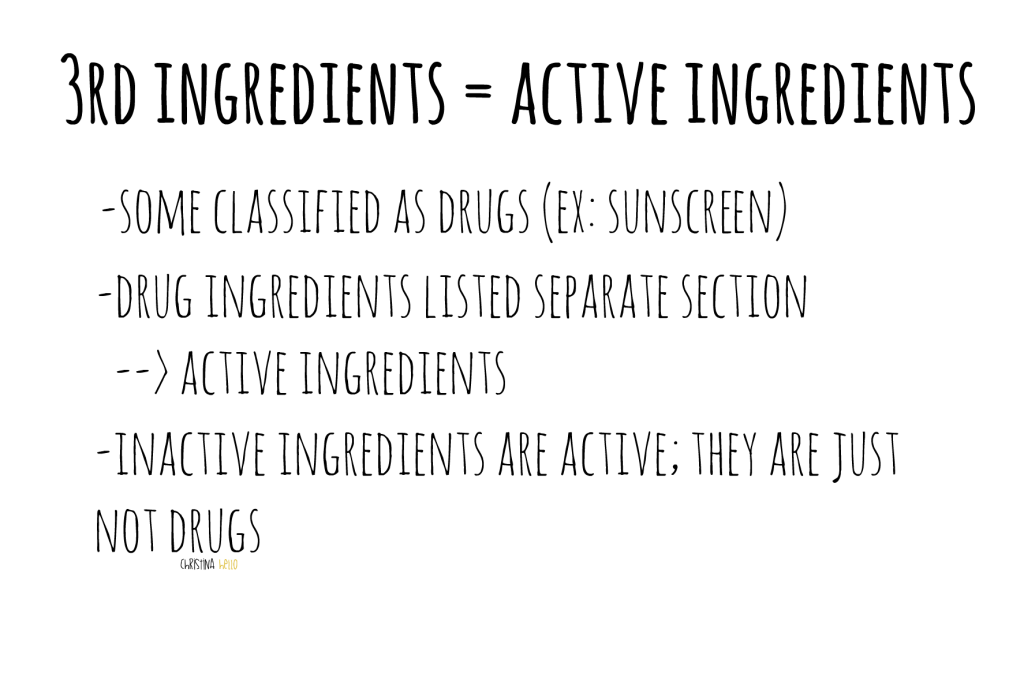 Active ingredients are used in smaller concentration then in make up, therefore it would usually be found in the second half of the ingredients list. If there is an ingredient you are specifically looking for but it is in the third half of the list, the percentage of the ingredient’s strength is lessened unless the ingredient is super potent.
Active ingredients are used in smaller concentration then in make up, therefore it would usually be found in the second half of the ingredients list. If there is an ingredient you are specifically looking for but it is in the third half of the list, the percentage of the ingredient’s strength is lessened unless the ingredient is super potent.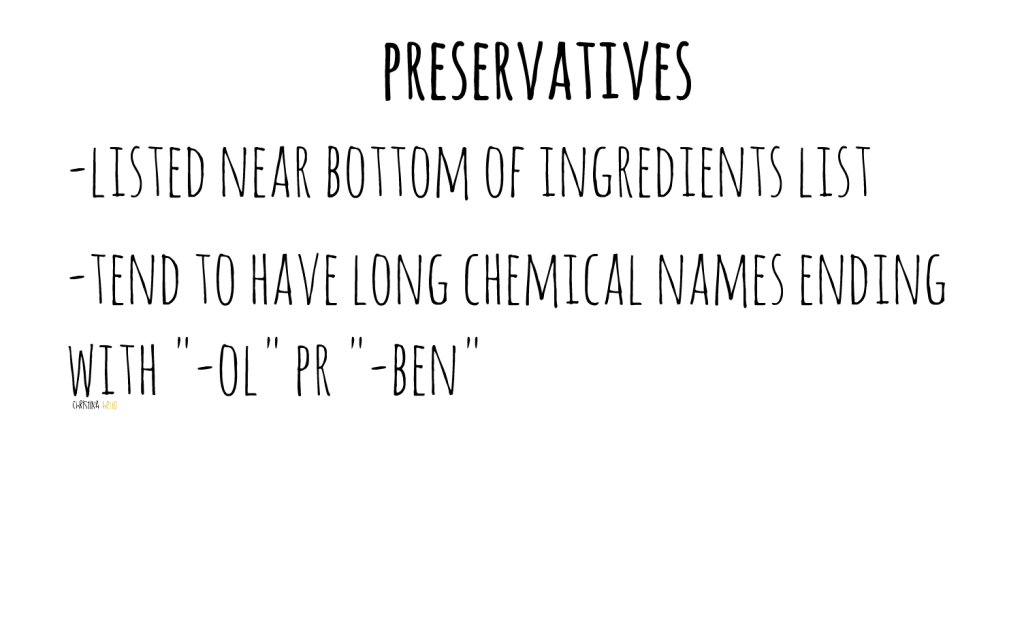 Preservatives, colouring agents, and fragrances are usually found at the end of the list.
Preservatives, colouring agents, and fragrances are usually found at the end of the list.
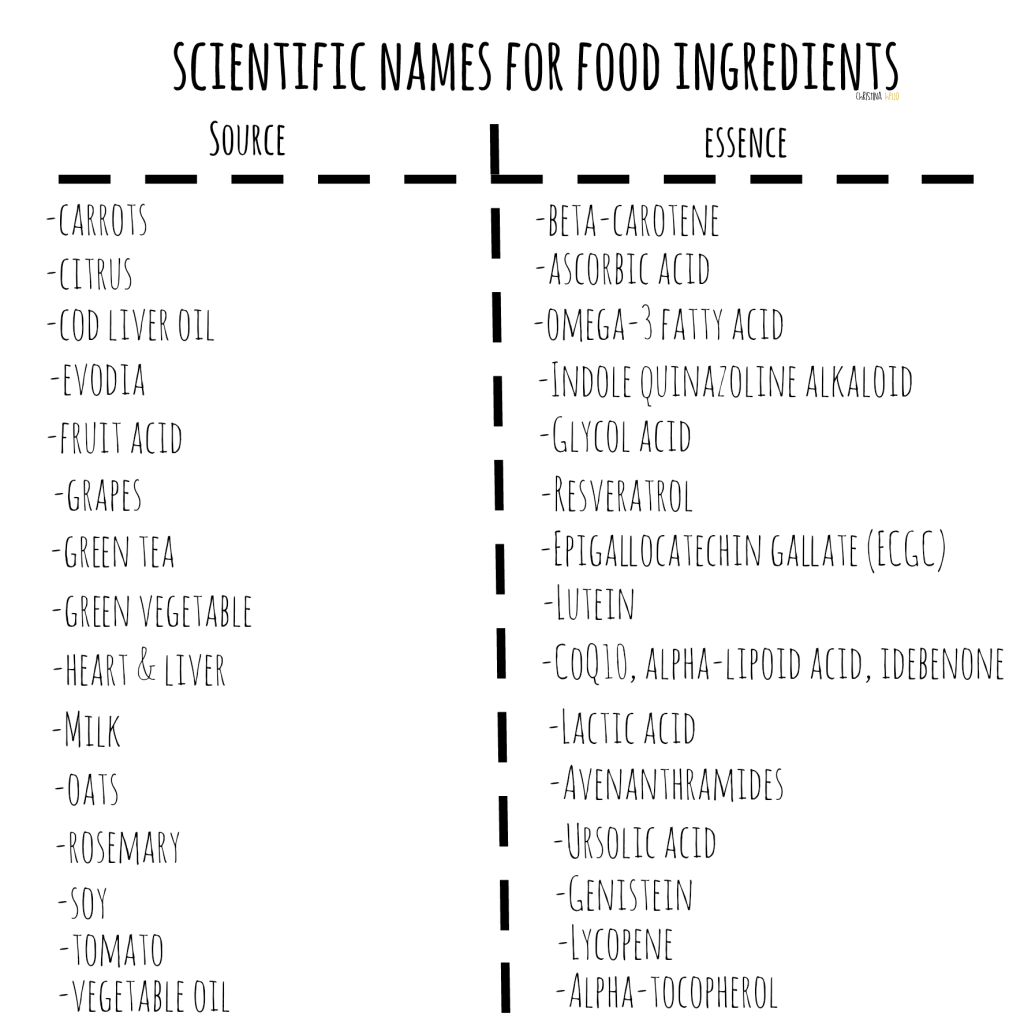 Of course cosmetic labeling won’t use the actual food product in their ingredients list, so here is a list to decode those confusing scientific names based off of the essence that derives from the food source.
Of course cosmetic labeling won’t use the actual food product in their ingredients list, so here is a list to decode those confusing scientific names based off of the essence that derives from the food source.
Hope this will help you guys out there. I know when I read this book, it really opened my eyes and now I will read the ingredients list for fun to see if these points could be applied to all the cosmetics I buy. Of course if you want to use a online source, Beautypedia which is ran by Paula’s Choice, is a great website where they provide the breakdown of the science as well as a general review of a lot of cosmetic items in the market to consumers so you don’t have to do the hard work yourself. Sadly the Beautypedia site doesn’t cover the K-Beauty realm so you would have to decipher the list yourself.
This is just a light dabble into the book and I’d love to continue the series if you guys are interested. Of course, you can always buy the book for yourself here as well.
The New Science of Perfect Skin: Understanding Skin Care Myths and Miracles For Radiant Skin at Any Age Hardcover – May 6, 2008
I know this book might seem a little dry, especially since there is no pictures and I’m a visual person, but I highly recommend you check this book out of you are a skincare fanatic like me! Not a bad price to pay if you want to be a lot smarter as to what the cosmetic industry is all about, what bullshit there is in the market and how you can save yourself money by educating yourself.
Overall I really do love this book and am trying to read it as fast as I can before I have to return it to the library. There are 269 pages with some filler pages that have product recommendations, and sadly I am only on page 85. I just haven’t had the time to sit down to read it okay? LOL
Anyways, let me know if you guys learned anything from this post and if I should continue on with this series. Tell me down in the comments down below what is the most interesting thing you learned from this, I love to hear from you guys!
If you found this post helpful, don’t forget to share it on your favourite social media pages. Also don’t forget to follow me on my social media platforms to see what I’m doing and what I’m getting in the mail :D. Mail time is always fun time for me. ʕ•ᴥ•ʔ
Bloglovin: www.bloglovin.com/christinahello
FB: www.facebook.com/xtinahello
IG: @christinahello
Twitter: www.twitter.com/xtina_hello
Pinterest: www.pinterest.com/xtina_hello


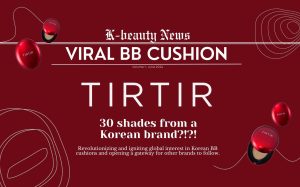
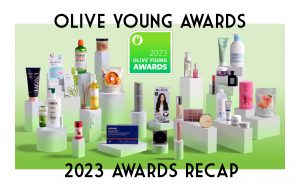
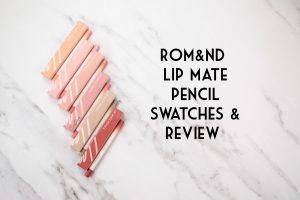
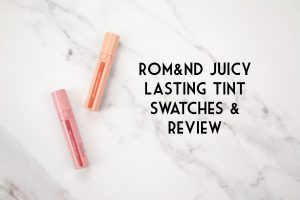
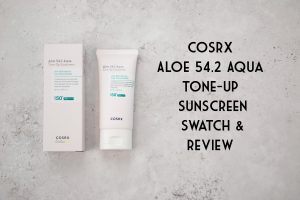
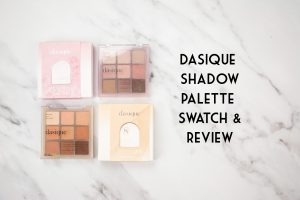
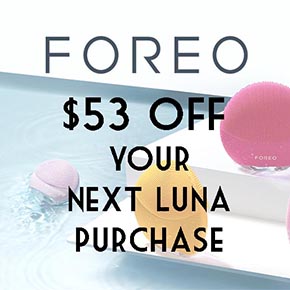
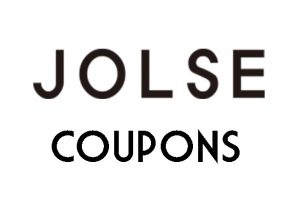
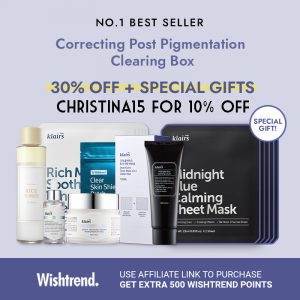

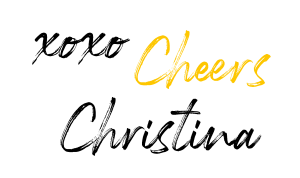


This Post Has 7 Comments
Whoo~ This was an interesting and informative read!
Glad it was helpful! <3
Hi, great article! P.S. I found a typo in the figure about the 2nd ingredient (chins instead of chains!), in case you are interested! 🙂
HAHA thank you for pointing that out. I’m very prone to spelling mistakes XDDD. I shall fix that right now 😉
HI
This was so informative I loved it! I am actually wanting to research and start my own skin care line but I feel I need to do ALOT of reading or take some sort of course to understand ingredients first. This helped alot and guided me in certain directions! I wonder if there are specific short courses to help in understanding all of this!
I’d definitely check out the book I was reading. Or even hit up your local public library. There has to be some good books on skincare :).
Thank you for this great information. I appreciate the thought of providing us these list. This article will be of good use to us.